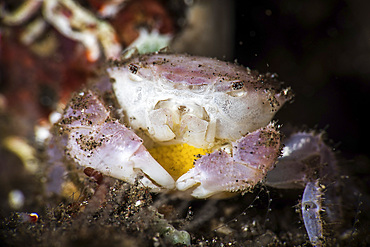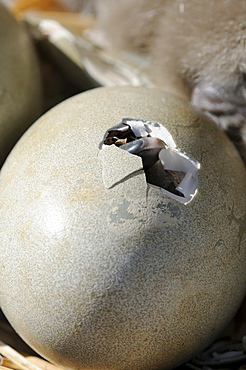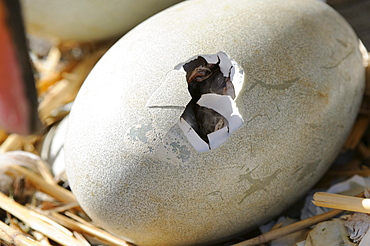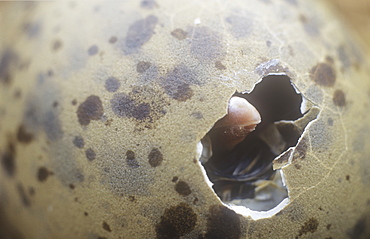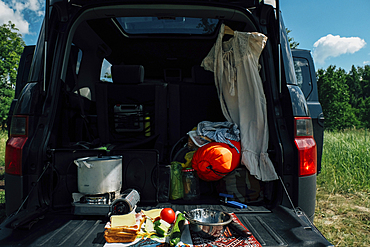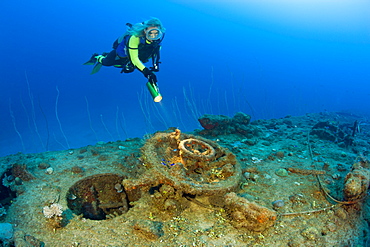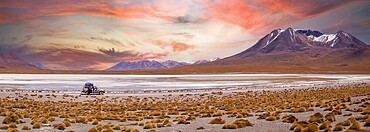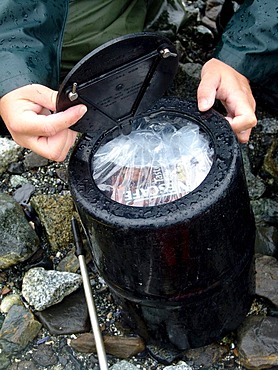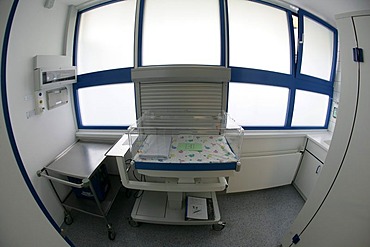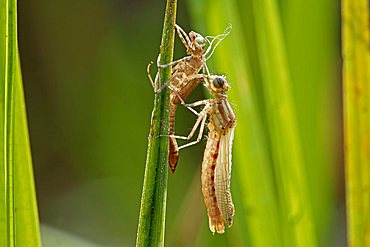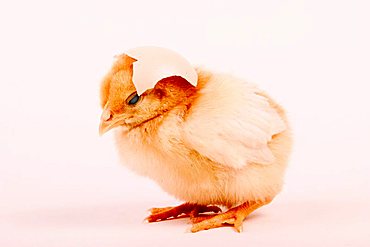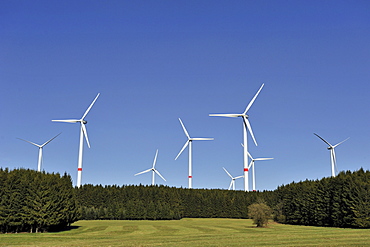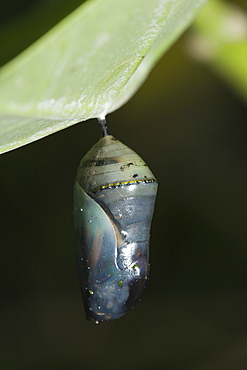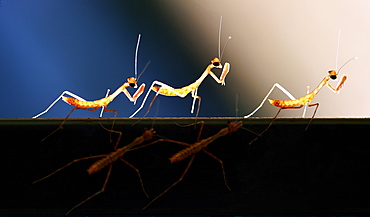Results
6 results found
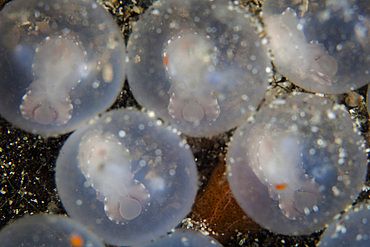
Flamboyant cuttlefish embryos, Metasepia pfefferi, wait to hatch from their eggs on the sandy seafloor in Lembeh Strait, Indonesia.
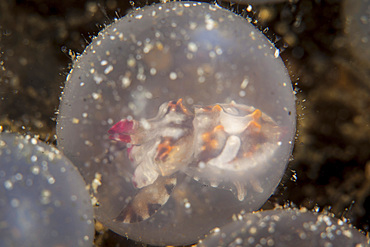
Flamboyant cuttlefish embryos, Metasepia pfefferi, wait to hatch from their eggs on the sandy seafloor in Lembeh Strait, Indonesia.
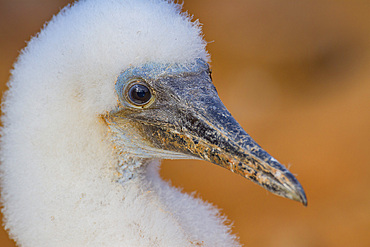
Blue-footed booby (Sula nebouxii) newly hatched chick in the Galapagos Island Archipelago, UNESCO World Heritage Site, Ecuador, South America

Yellow-footed gull (Larus livens), eggs in nest on Isla Coronado, Baja California Sur, Sea of Cortez, Mexico, North America
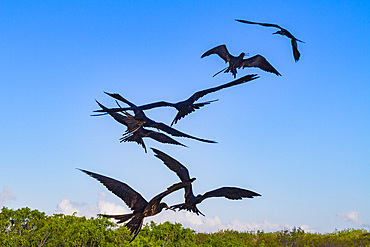
Great frigatebird (Fregata minor) feeding on erupting green sea turtle (Chelonia mydas) hatchlings in the Galapagos, UNESCO World Heritage Site, Ecuador, South America
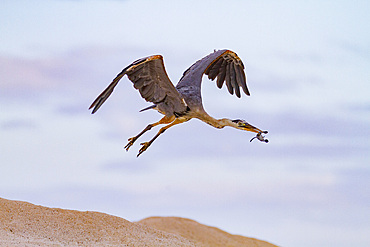
Adult great blue heron (Ardea herodias cognata) feeding on green sea turtle hatchlings, Galapagos Islands, UNESCO World Heritage Site, Ecuador, South America
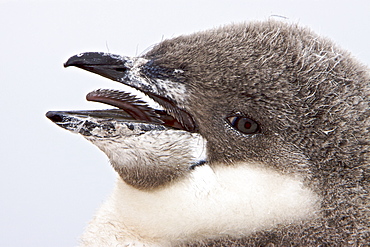
Chinstrap penguin (Pygoscelis antarctica) chick head detail at colony on Useful Island near the Antarctic Peninsula. There are an estimated 2 million breeding pairs of chinstrap penguins in the Antarctic peninsula region alone, perhaps as many as 7.5 million breeding pairs in all of Antarctica. Their name derives from the narrow black band under their heads which makes it appear as if they are wearing black helmets, making them one of the most easily identified types of penguin. Other names for them are "Ringed Penguins", "Bearded Penguins", and "Stonecracker Penguins" due to their harsh call. They grow to 68 cm (27 in). The average adult weight of a Chinstrap Penguin is 4.5 kg (10 lbs). Weight can range from 3 to 6 kg (6.6-13.2 lbs), with males being slightly larger and weight varying based on where the penguin is in the breeding cycle. Their diet consists of krill, shrimp, and fish. On land they build circular nests from stones, and lay two eggs, which are incubated by both the male and the female for shifts of five to ten days. They can also breed on icebergs, though they prefer non-icy conditions. The chicks hatch after about 35 days, and have fluffy gray backs and white fronts. The chicks stay in the nest for 20?30 days before they go to join a creche. At around 50?60 days old, they moult, gaining their adult plumage and go to sea. The Chinstrap Penguin was first described by German naturalist Forster in 1781. Its specific epithet was often seen as antarctica, however a 2002 review determined the genus Pygoscelis was masculine, and hence the correct binomial name is Pygoscelis antarcticus.
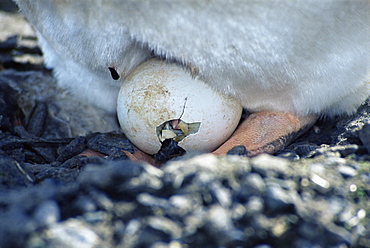
Gentoo penguin (Pygoscelis papua) chick hatching from egg, Cuverville Island, Antarctica, Southern Ocean.
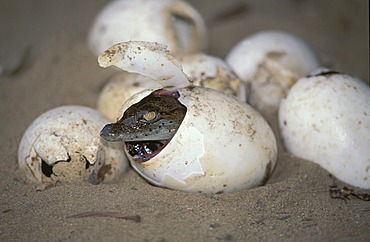
Nile Crocodile (Crocodylus niloticus), hatching from egg, iSimangaliso-Wetland-Park, KwaZulu-Natal, South Africa, Africa

Ferry from Malta being loaded with vehicles with hazardous materials, port of Mgarr, Mgarr, Gozo, Malta, Europe
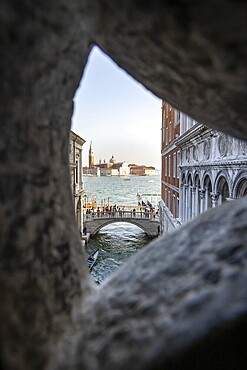
View from the Bridge of Sighs through a small hatch, Ponte della Paglia bridge and San Giorgio Maggiore church, prison, Doge's Palace, Venice, Veneto, Italy, Europe
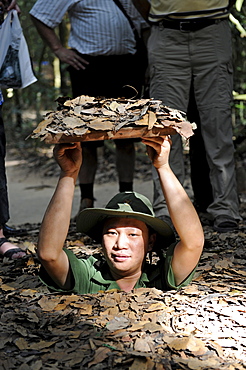
Vietnamese man descending into the tunnel system of the Vietcong in Cu Chi, South Vietnam, Vietnam, Southeast Asia, Asia
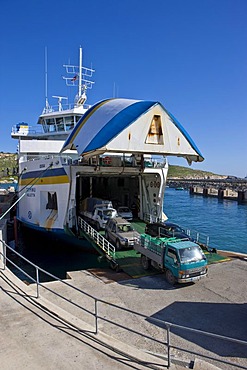
Ferry from Malta docking in the Mgarr port of Gozo and unloading vehicles, Mgarr, Gozo, Malta, Europe

Cologne coats of arms on manhole cover, road, urban drainage of Cologne, North Rhine-Westphalia, Germany, Europe

Young couple standing at the back of their packed vehicle with back door open and the young man in using his cell phone while the young woman waits impatiently, Edmonton, Alberta, Canada
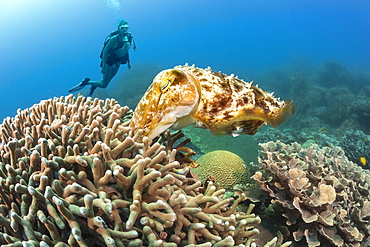
Diver viewing a female Broadclub cuttlefish (Sepia latimanus) pushing an egg into the finger coral where it will hatch in four to six weeks, Philippines


